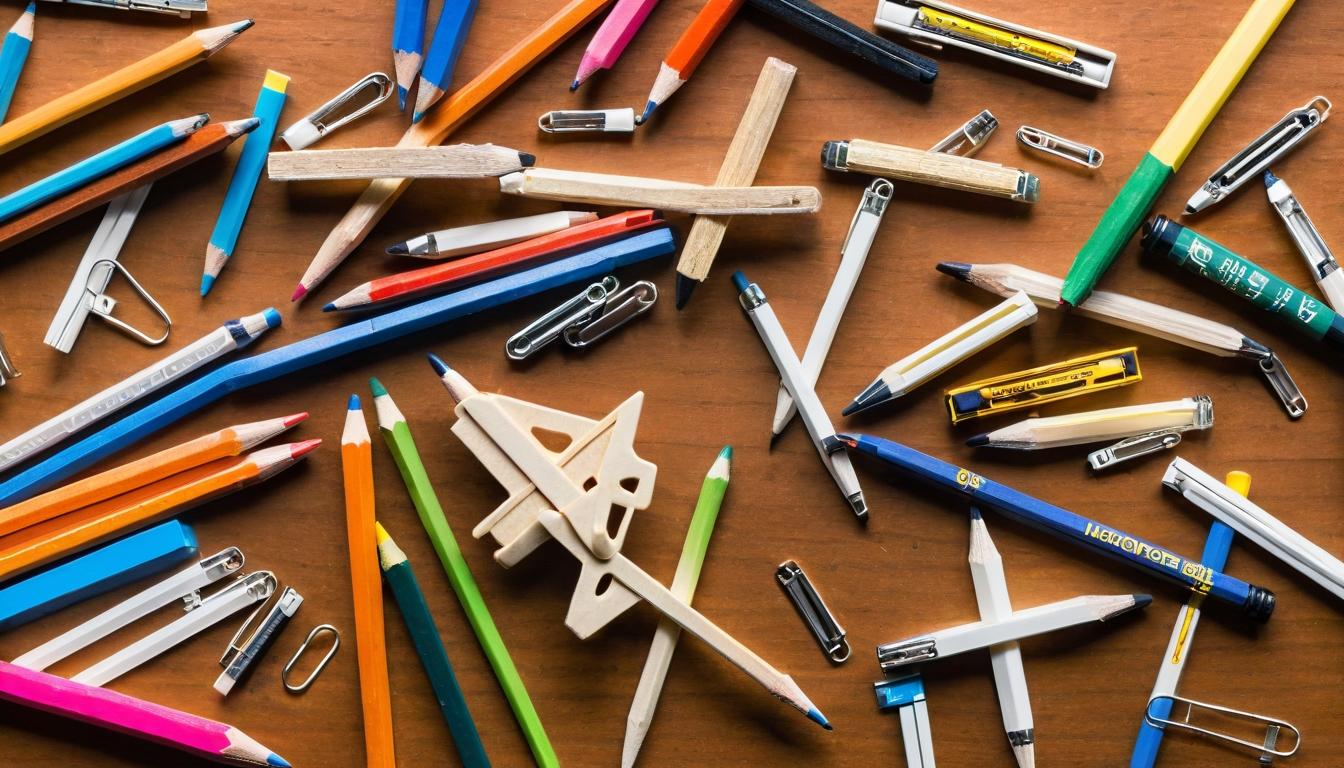Have you ever stopped to consider the secret lives of the objects that surround you daily? That humble pencil on your desk, the rubber band holding your papers together, even the simple paperclip—each carries a story more fascinating than you might imagine. These everyday items, which we handle without a second thought, contain histories of innovation, accident, and human ingenuity that would make even the most jaded investigator raise an eyebrow.
The common pencil, for instance, hides a geological marvel within its wooden casing. The graphite core that leaves marks on paper isn't actually lead at all—that's a misnomer dating back to the 16th century when a massive graphite deposit was discovered in England. People thought they'd found lead, but what they'd actually uncovered was a form of carbon so pure and solid that the British Crown took control of the mine, treating the material as a strategic resource. Soldiers would use chunks of it to mark their cannonballs, while artists coveted it for its smooth, dark lines. The mine became so valuable that armed guards protected it, and graphite theft carried severe penalties. Only later did manufacturers learn to mix graphite with clay to create the pencil leads we use today.
Then there's the paperclip, that simple bent wire that seems almost too obvious an invention. Yet its journey to ubiquity was anything but straightforward. The first patent for a bent wire clip appeared in 1867, but it looked nothing like the classic Gem design we recognize today. For decades, inventors tinkered with various configurations—some with multiple loops, others with awkward clasps—until the elegant, efficient Gem design emerged in the 1890s. What's particularly intriguing is that no one knows exactly who invented it. The Gem Manufacturing Company of England produced it, but the original designer remains anonymous, lost to history like so many unsung innovators.
Consider the rubber band, that stretchy loop holding everything together. Its story begins in the Amazon rainforest, where indigenous people had been using rubber for centuries before European explorers arrived. The material fascinated early visitors, who watched natives play with bouncing balls made from the milky sap of rubber trees. But rubber had a fatal flaw—it would melt in heat and become brittle in cold. Then in 1839, Charles Goodyear accidentally discovered vulcanization when he dropped a mixture of rubber and sulfur on a hot stove. The resulting material maintained its elasticity across temperatures, revolutionizing everything from tires to the humble bands that now hold your mail together.
Even something as simple as the ballpoint pen has a dramatic backstory. Hungarian journalist László Bíró grew frustrated with fountain pens that smudged and leaked. Watching newspaper ink dry quickly gave him an idea: why not use similar quick-drying ink in a pen? With his chemist brother György, he developed a new viscous ink and a tiny ball bearing mechanism that would distribute it smoothly. The British Royal Air Force immediately saw its potential—pilots could write at high altitudes without leaks. During World War II, Bíró fled the Nazis, eventually settling in Argentina where he perfected his design. The ballpoint pen became such a sensation that in Argentina, ballpoint pens are still called "biromes" in his honor.
The humble Post-it Note represents perhaps the most delightful accident in office supply history. In 1968, 3M scientist Spencer Silver was trying to develop a super-strong adhesive when he accidentally created something quite different—a weak, reusable glue that could stick to surfaces but be easily removed. For years, the invention languished without a practical application. Then another 3M scientist, Art Fry, grew frustrated with bookmarks falling out of his choir hymnal. He remembered Silver's weak adhesive and realized it could create the perfect bookmark. The combination of Silver's accidental glue and Fry's practical need gave birth to one of the most successful office products of all time.
These stories reveal a pattern that should give every aspiring innovator hope: many of our most useful creations emerged not from flawless planning, but from happy accidents, persistent tinkering, and solving very human problems. The objects we take for granted contain within them the fingerprints of curious minds who saw potential where others saw only ordinary materials. They remind us that innovation often hides in plain sight, waiting for someone to ask the right questions about the world right in front of us.
The hidden world of everyday objects and their surprising origins




